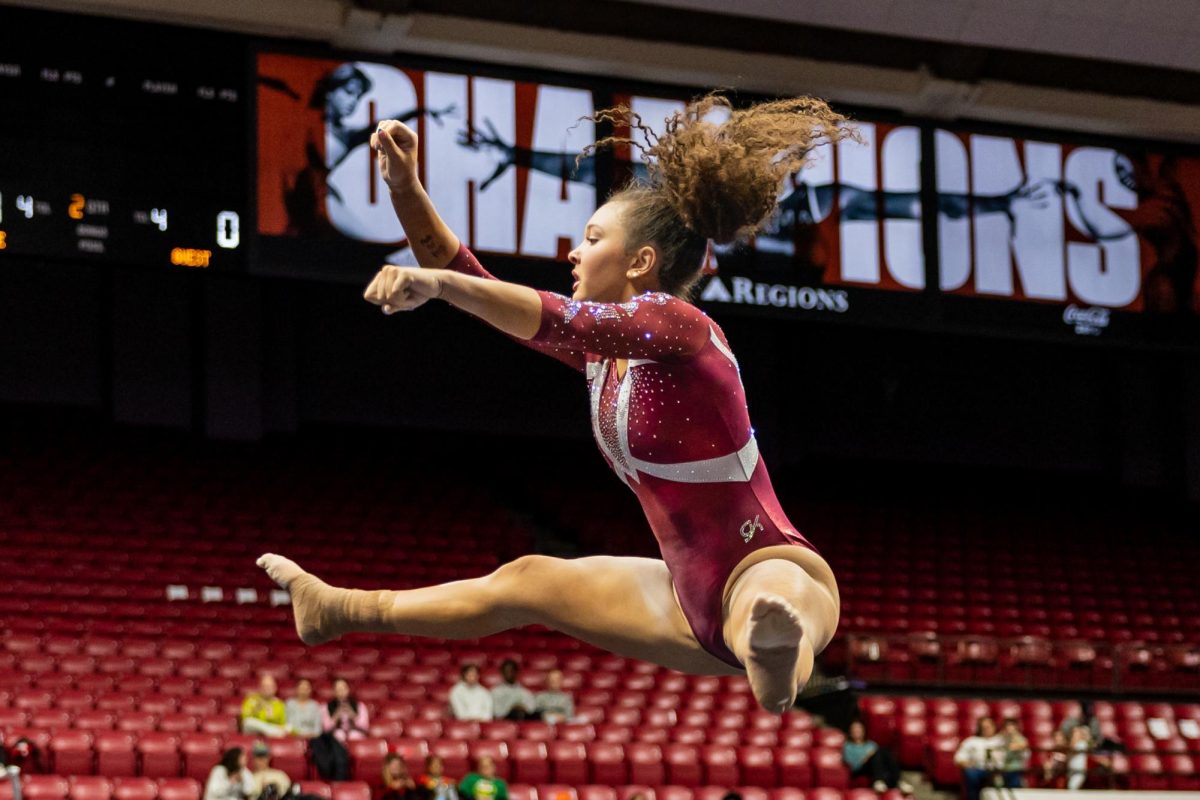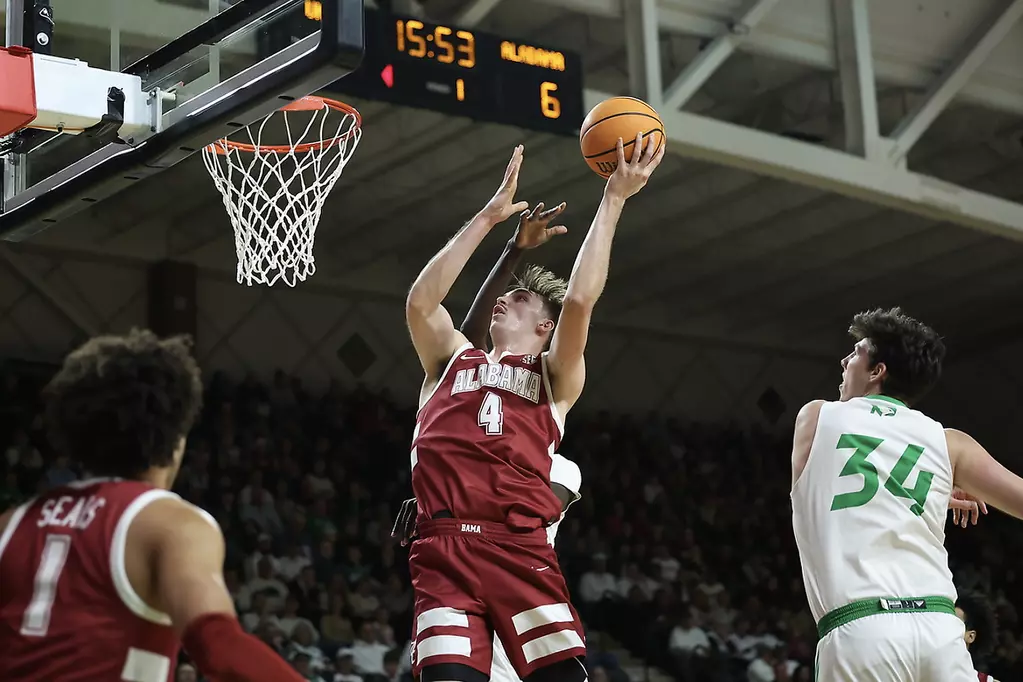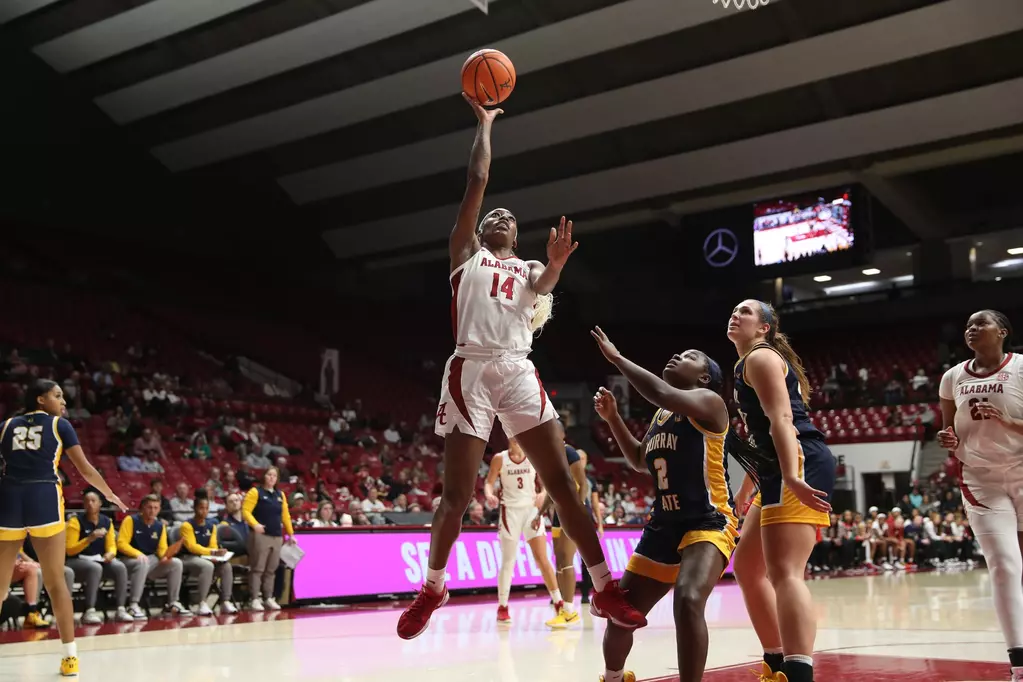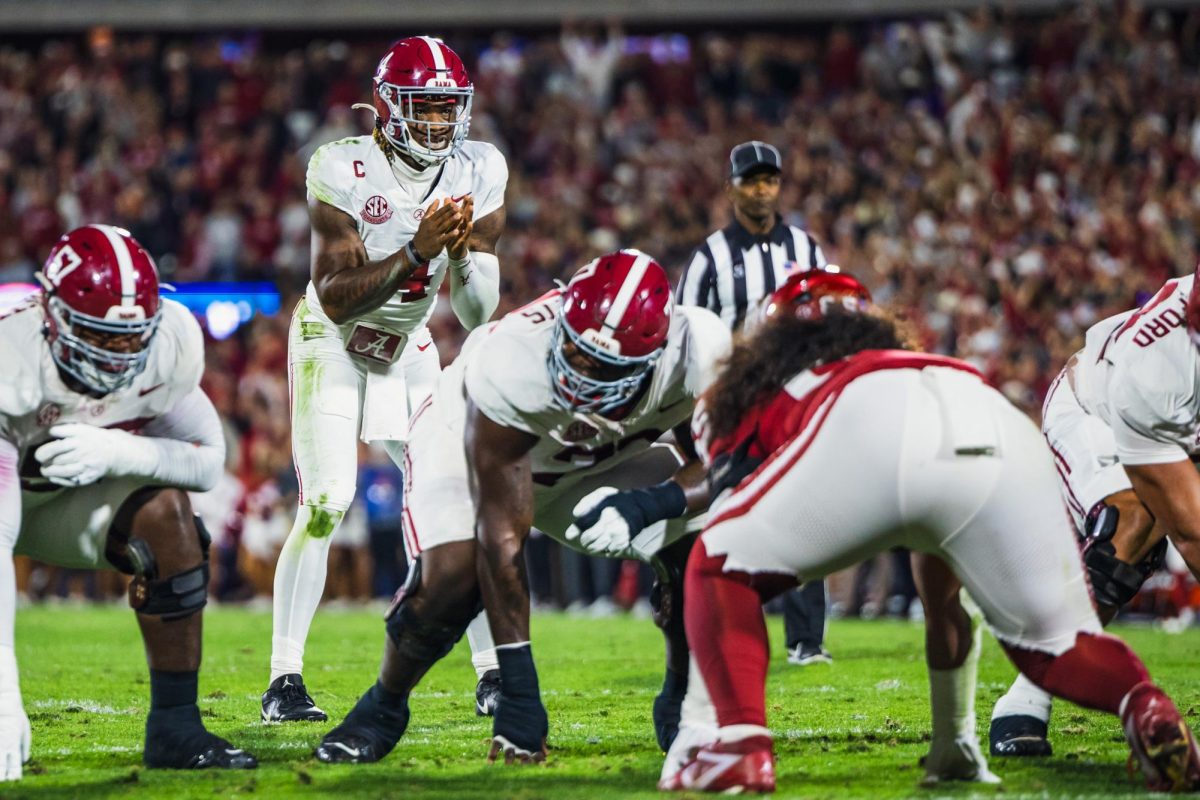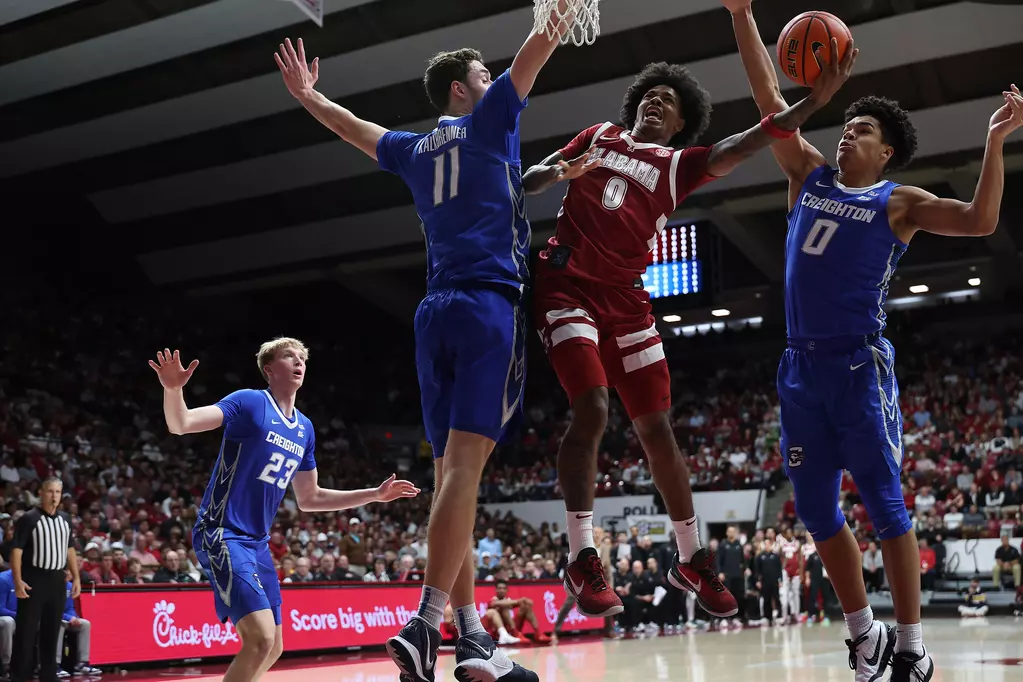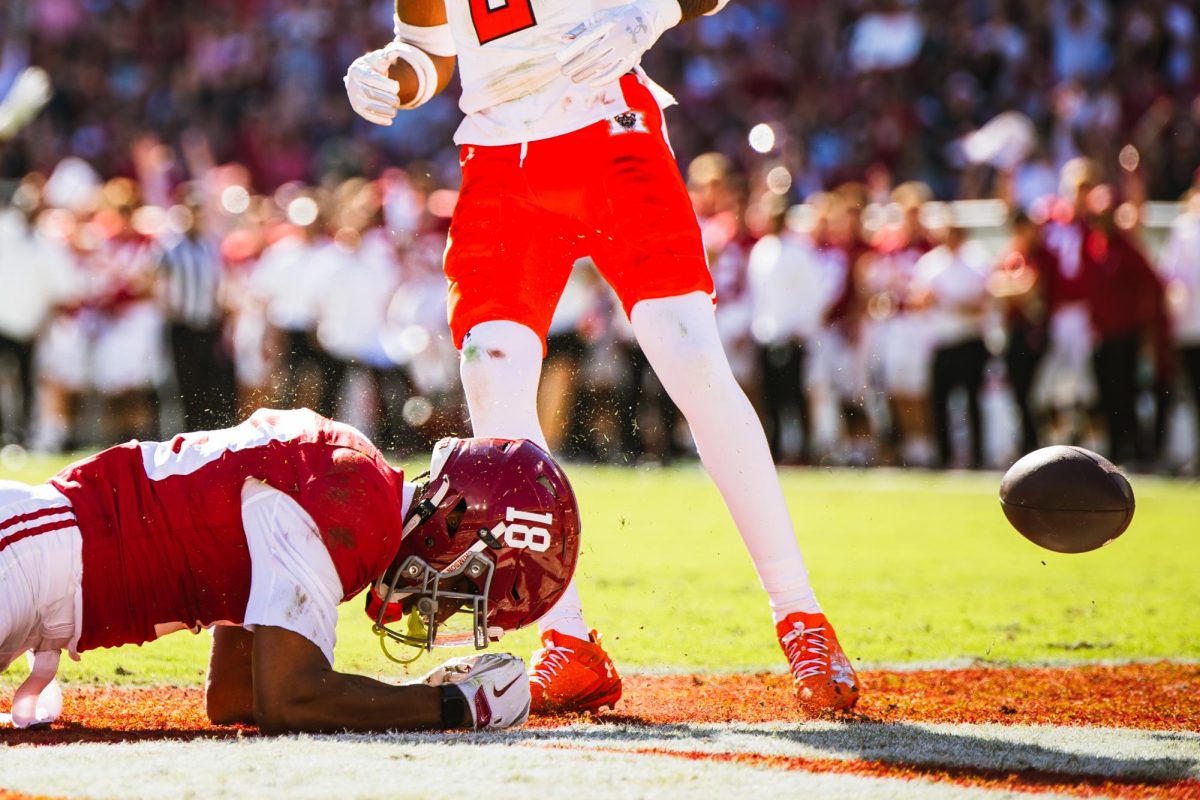In an age where it is common for every Major League Baseball active roster to include six to seven relief pitchers comprised of middle relievers, long relievers, left-hand specialists, set up men and closers, it’s hard to imagine a time where specialized relief pitching was the exception, not the rule. Yet, in reality, this was the case not long ago.
Becoming a reliever used to be a last resort for starters who were losing their edge.
Notable cases of this would include Dennis Eckersley and John Smoltz. Eckersley was past his prime when he was traded to the Oakland Athletics in 1987, and manager Tony La Russa intended to move him to the bullpen. The lowered stress on his arm proved incredibly beneficial to Eckersley, who revitalized his career and would be an effective closer for 12 years and later a first-ballot Hall of Famer.
Smoltz was assigned to relief duty after undergoing Tommy John surgery 12 years into his pitching career. He closed for three years and was dominant but returned to his starting job once it was determined he was ready, and he never looked back.
Both of these men made strides in proving the value of quality relief pitching, but moving to the bullpen was still looked upon as an action of necessity. That is, until Mariano Rivera came along.
The New York Yankees saw untapped potential in Rivera and signed him on Feb. 17, 1990. He was initially intended to be a starting pitcher, as was the trend for top prospects when he was making his way through the minor leagues. Although, as the competition stiffened in his rise up the ladder of minor league baseball, he became less and less effective as a starter.
Rivera started 10 games for the Yankees in his rookie campaign in the major leagues. In those 10 contests, he compiled a 3-3 record with a 5.94 earned run average and .306 batting average against him, pedestrian at best.
Rivera lost his starting job for the remainder of the year after those 10 appearances, but then something interesting happened. He spent the offseason adjusting to his new role as a reliever and made a spectacular comeback in his sophomore season. He finished at 8-3 with a 2.09 ERA and a startling .189 batting average against, excellent marks for any pitcher but especially a relief man in 1996.
Rivera would go on to prove that this was no fluke. Over his 18-year career as a reliever, he finished the year with an ERA greater than three only once, in 2007 when he recorded a 3.15, an almost incomprehensible feat. He was not only valuable to the Yankees, however. He showed the baseball world what was capable of specialized relief pitching.
The recently retired Rivera will be remembered for being more than a great ambassador of the game, he will be remembered as a great innovator of the game. He paved the way for young superstar closers like Craig Kimbrel and Aroldis Chapman, and he will rightfully take his place alongside the other titans of the sport in Cooperstown, right where he belongs.



